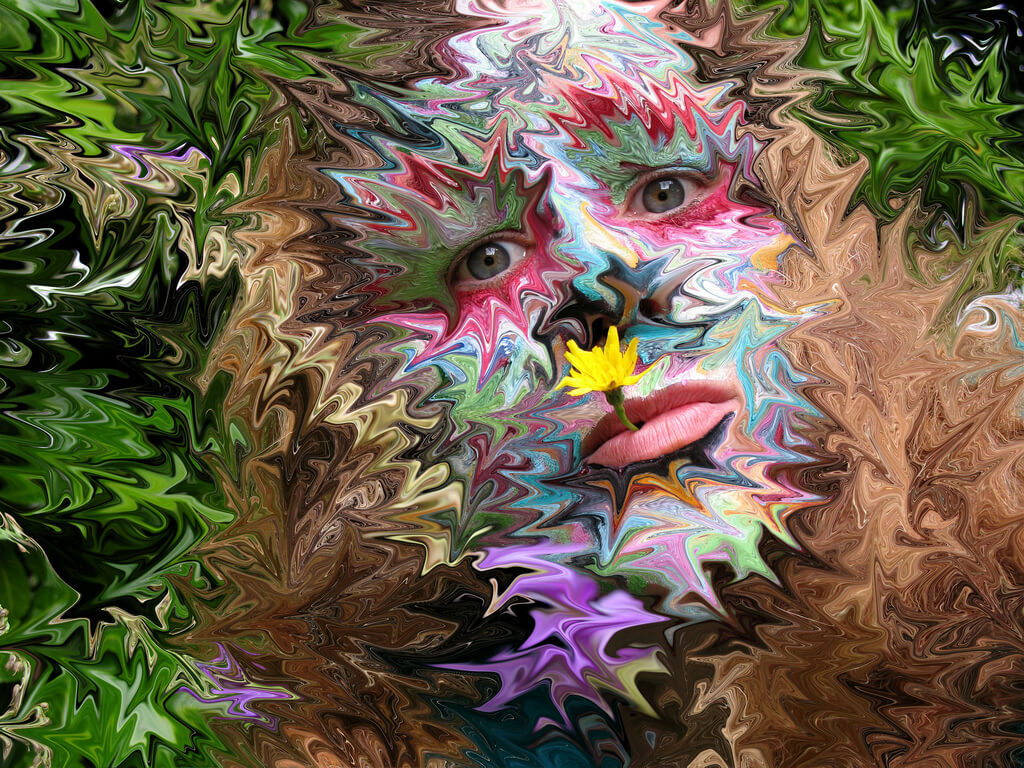Dream Weaver: Using Your Dreams to Create

Sleep studies have shown that the more sleep you get, the more creative you’ll be throughout the day. But what about dreaming? If I have an elaborate dream, is that a sign of creativity? If I’m an artist, am I more likely to create when I awake from a dream I can recall, as opposed to waking and being unable to remember my dreams?
The answer to both of these questions is yes.
Creators across time have often referenced dreams when describing their process. A famous example is the artist Salvador Dali. If he was experiencing a “block,” he’d purposely fall asleep with a spoon in his hand. When he dozed, his body would relax, drop the spoon, and make a noise which promptly woke him. Upon waking, he was inspired by his small dream sequences to create art. Most of the paintings created by Dali were inspired in this way.
There are many reasons why dreams and creativity are intertwined. One of the main reasons is because when you’re dreaming, your mind’s possibilities are endless. Doesn’t that sound similar to looking at a blank canvas, picking up a pen, or pulling your guitar out of its case? There’s no limitation to what you can create, just like there’s no limitation to what you can do in your dreams.
Your brain basically uses dreams as a testing ground to try new things. I sometimes find that I can be overly analytical, and because of that, I tend to experience many creative blocks. During one of these blocks, which was particularly bad, I fell asleep with my head on my desk and dreamt that I was flying. While that didn’t inspire me to jump from the roof armed with only a pen, it expanded my creative mind by showing me how to see things from a different perspective. In my dream, I was literally seeing things differently. When I awoke, I was able to find a way to detour around my block. (Or rise above it, really.) Dreams give us permission to do whatever we want, when that happens; we find the answers we’re looking for.
Some would say that dreams are nothing more than your mind entertaining itself when you’re idle. While this may be true, it’s deeper than that. You’re able to use pieces of your mind that would otherwise sit on a shelf collecting dust. In the creative process, that’s the most helpful thing that can be done. You can’t use your everyday, logical, grown-up mind while you’re attempting to do something which hasn’t been done before. You have to go to your “brain shelf,” pick up the first weird thing you see, knock the dust off, and use it.
Like most things, dreams are what you make them. You can dream something elaborate and think, “that’s stupid”, then go about your day, or you can use it to your advantage by finding the meaning. If you go with the second option, will you be making up meanings that aren’t the norm? Yes, that’s why it’s called “creativity.” You’re making something. You’re not even dreaming anymore, yet you’re still using the illogical part of your mind; the part that builds castles without a foundation. You’re reaching into the seldom used corners of your brain and finding things you forgot about, or maybe things you were completely unaware of in the first place.
So, the next time you feel a creative block, try sleeping on it.